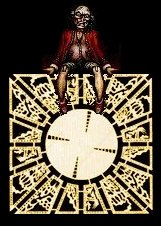ABYSSUS DAEDALUS
"The Labyrinth Configuration"
Original
box design & research by Steelgohst
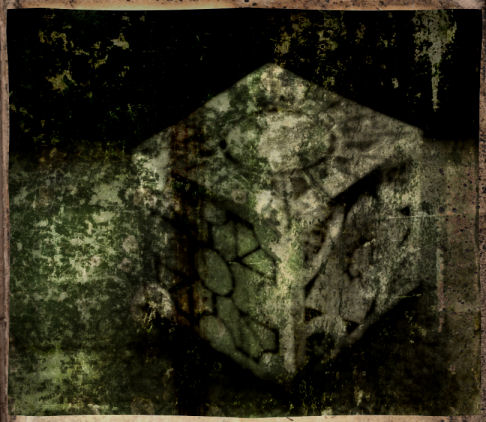
| For
many years, the only proof of the
existence of this elusive
box was an ancient photograph and the stories told amongst the
knowledgeable
few. The photograph itself is thought to have been taken by LeMarchand himself (many years before the term photography was first used publicly in 1839) using techniques unwillingly taught to him by a man known as Tiphaigne de la Roche. LeMarchand instructed Dr. Tiphaigne to keep the method a secret, but Tiphaigne later wrote a "fictional" book on the subject called Giphantie. |
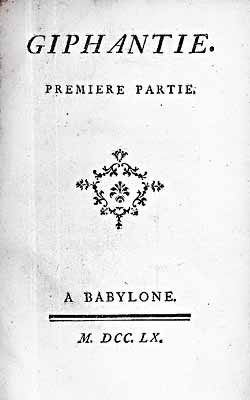
|
In the story, "the people of an imaginary wonderland" could fix
perfectly reflected images onto a canvas coated with a "sticky
substance." The canvas would not only represent the mirror image, but after it
dried, the image would remain. Due to the poor quality of the photograph some believed it to be nothing but a poor image of the "Box of Sorrows." It was not until the discovery of the tome known as "LeMarchand's Dreams" that contrary evidence was finally had. |
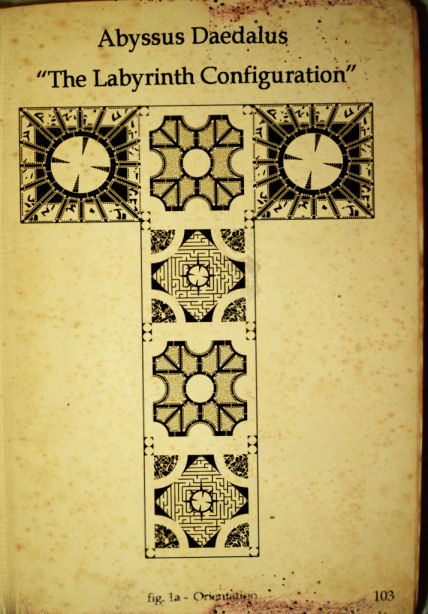
| Using the print of "The Labyrinth Configuration" from the rare book to fill out the details, a new enhanced version of the photograph can now be seen. This is still the closest anyone has been to seeing the actual artifact for centuries. |
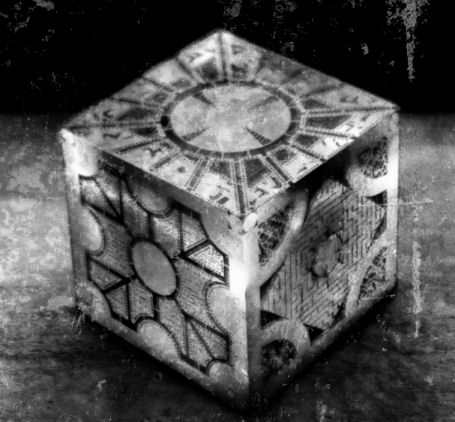
| The Labyrinth Configuration was created as a commission in 1749 and last seen in the hand of Gabrielle Émilie, a woman of some note in Parisian society. |
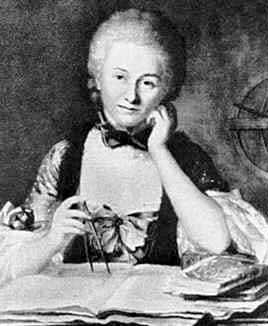 |
|
Gabrielle Émilie Madame du Châtelet, French mathematician and physicist who was the mistress of Voltaire. |
| Her body was discovered shortly after the birth of her child. The box was commissioned in a jealous rage by her husband, the Marquis du Châtelet after he discovered that she was pregnant by another man. Gabrielle and a small group of her friends (including the philosopher Voltaire) had gone to some lengths to convince her husband that the child was his, and evidently believed that they had done so. The Marquis had clearly known otherwise and commissioned LeMarchand to create for him a box with specific instructions on its design and intended results. |
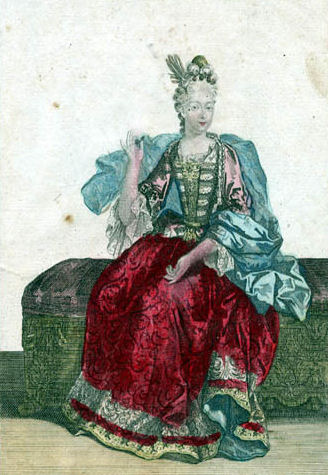
To quote LeMarchand's journal: "The Marquis du Châtelet wishes that the soul of his adulterous whore should wander forever through Leviathans realm, tortured by the sights around her and the knowledge of her eternal fate as she tries in vain to find an end to her torment. But he wishes her untouched by Leviathans servants. I think perhaps that he has feelings for his slut wife still, despite her lies and infidelity. I have told him this is possible, and will create for him a gateway to the darkest corner of hells maze, although I cannot guarantee that Leviathans servants will not find her; a fact I will keep from him, I think." Six days after his the death of his wife, the Marquis drunkenly smothered her child before dissapearing with the box. The last anyone saw of him was when he, arriving wracked with tears, disheveled and clutching a small item wrapped in one of Gabrielle' lace handkerchiefs, informed a close friend of his crime. He reportedly spoke of his love for his wife and his need to go to her and help her find her way before running from the building never to be seen again. 'LeMarchands Dreams' lists the primary construction materials as polished pewter and English oak stained a deep red. |
| Additional Resources |
